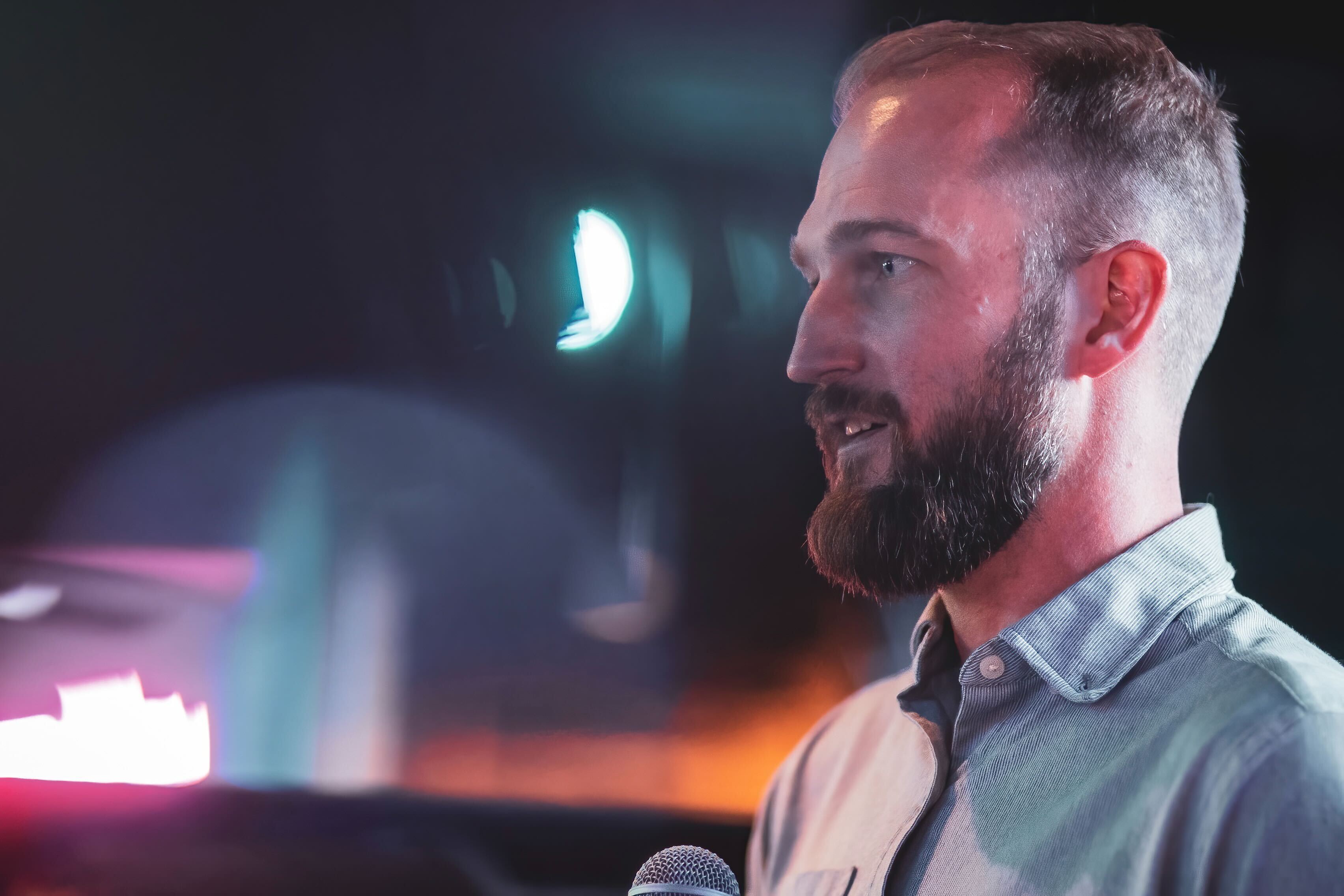INDUSTRY THOUGHT
Dear Status Quo
The way we’ve always done preparedness is breaking down—and fast. With $218 billion in U.S. disaster losses in 2024 alone and pressure mounting from every direction, it’s clear that the status quo can’t keep up. This piece is a direct message to the outdated systems, legacy tools, and expensive processes still dominating the field—and a call for something better. Preppr is built for the people actually doing the work. Not to modernize the binder, but to replace it entirely.

Written by
Justin Snair
We get it. You’ve been around forever. You’re familiar, predictable, and oddly comforting—right up until something actually goes wrong.
For decades, governments have prepared for disasters the same way they prepare for quarterly meetings: with long email chains, clunky slide decks, and tabletop exercises that resemble bureaucratic table reads more than real-world stress tests. After every incident, we gather the usual folks, nod along in an after-action review, rediscover the same lessons, and then... do it all over again. Your slogan—“this is the way we’ve always done it”—has aged like milk. It’s dated, and honestly, a bit cringe. But hey, we love a bad differentiator. Meanwhile, the world keeps getting more dangerous.
In 2024 alone, the U.S. faced $218 billion in disaster losses. An 85% increase from the year prior. A major disaster was declared every four days. Climate, cyber, infrastructure, supply chain, health—it’s not one risk at a time anymore. It’s all at once, all the time.
And yet the systems built to prepare us still assume we have the luxury of time and the clarity of hindsight.
Preparedness professionals are being asked to plan for increasingly complex threats with tools built for a simpler world. Exercises that cost tends of thousands and deliver little. Software that looks and feels like it was designed in 2010—yet somehow still costs as much as a used Tesla. Platforms that promise collaboration but deliver confusion. Everyone knows it’s not working. But it keeps getting funded anyway. Let’s be honest: preparedness shouldn’t feel like compliance theater. It shouldn’t require a team of consultants to ghostwrite exercise documents. It shouldn’t depend on PowerPoints that die quietly in SharePoint folders. And it definitely shouldn’t be this slow, expensive, or exclusive.
More importantly, the people responsible for keeping our systems running when everything else breaks—they deserve better.
Preparedness professionals are some of the most capable, under-resourced people in government. They’re asked to coordinate the unplannable. They juggle multiple jurisdictions, limited budgets, political pressure, and the weight of public trust. They need more than lip service and locked-down legacy platforms. They need tools that make their jobs easier, not harder.
Preppr was built for them.
Not to modernize the binder—but to replace it entirely. Preppr flips the old model on its head. It transforms slow, labor and consultant-heavy exercises into fast, AI-powered simulations you can design in minutes and run across any team. You don’t need a facilitator. You don’t need to wait for a planning cycle. You don’t need to pray that someone remembered to hit “Save As” on last year’s scenario.
You just build it, run it, and learn from it. Instantly. Anyone can participate—from seasoned emergency managers to front-line staff who are too often left out of the process. Every interaction gets tracked. Every decision gets captured. You get real-time data on what worked, what didn’t, and how to get better..
Here’s what Preppr does that the status quo never will: You can create a realistic simulation in minutes. You can invite anyone—across departments, agencies, or jurisdictions. You can run it over and over again—without needing a grant.
You can actually measure performance—not just attendance. And you can do it all from a clean interface that makes sense on the first try. Preparedness can be continuous. It can be inclusive. It can be measurable. And it can be affordable.
And now, whether anyone’s ready or not—DC is forcing the conversation. This isn’t some strategic realignment. It’s disruption. Funding uncertainty, political chaos, and national-level decisions that are sowing confusion and fear across local and state agencies. It’s not inspiring. It’s destabilizing.
But it is breaking the illusion that the current system is sustainable.
The way we’ve always done it isn’t holding up. And with every cut, every delay, every contradictory directive, it’s becoming impossible to defend. The pressure is real.
The status quo is cracking. Preppr is what comes next.
So thank you, Status Quo. You helped build the foundations of the field. You got us here. But you were built for a world that no longer exists. We’re not here to tweak your legacy. We’re here to replace it.
-Your friends at Preppr.ai
Tired of the status quo? Sign up for a Solo account or request a demo.
Subscribe to our FREE weekly newsletter
Hottest new Preppr features
Updates on company success
Insights from the industry




